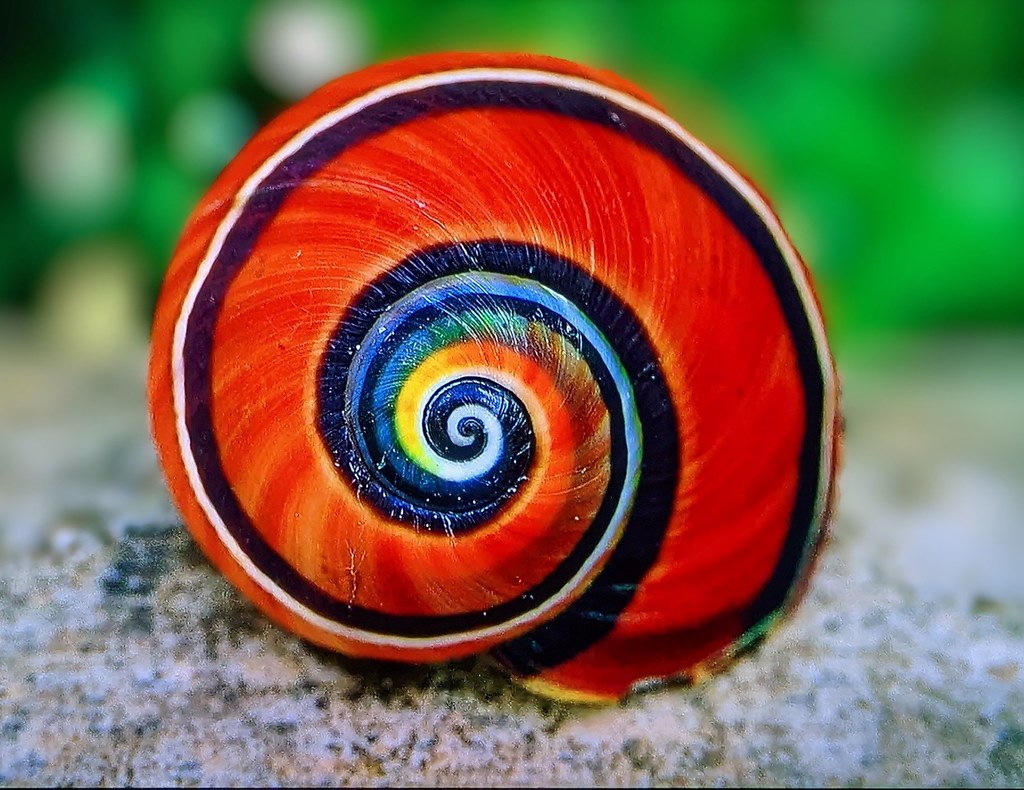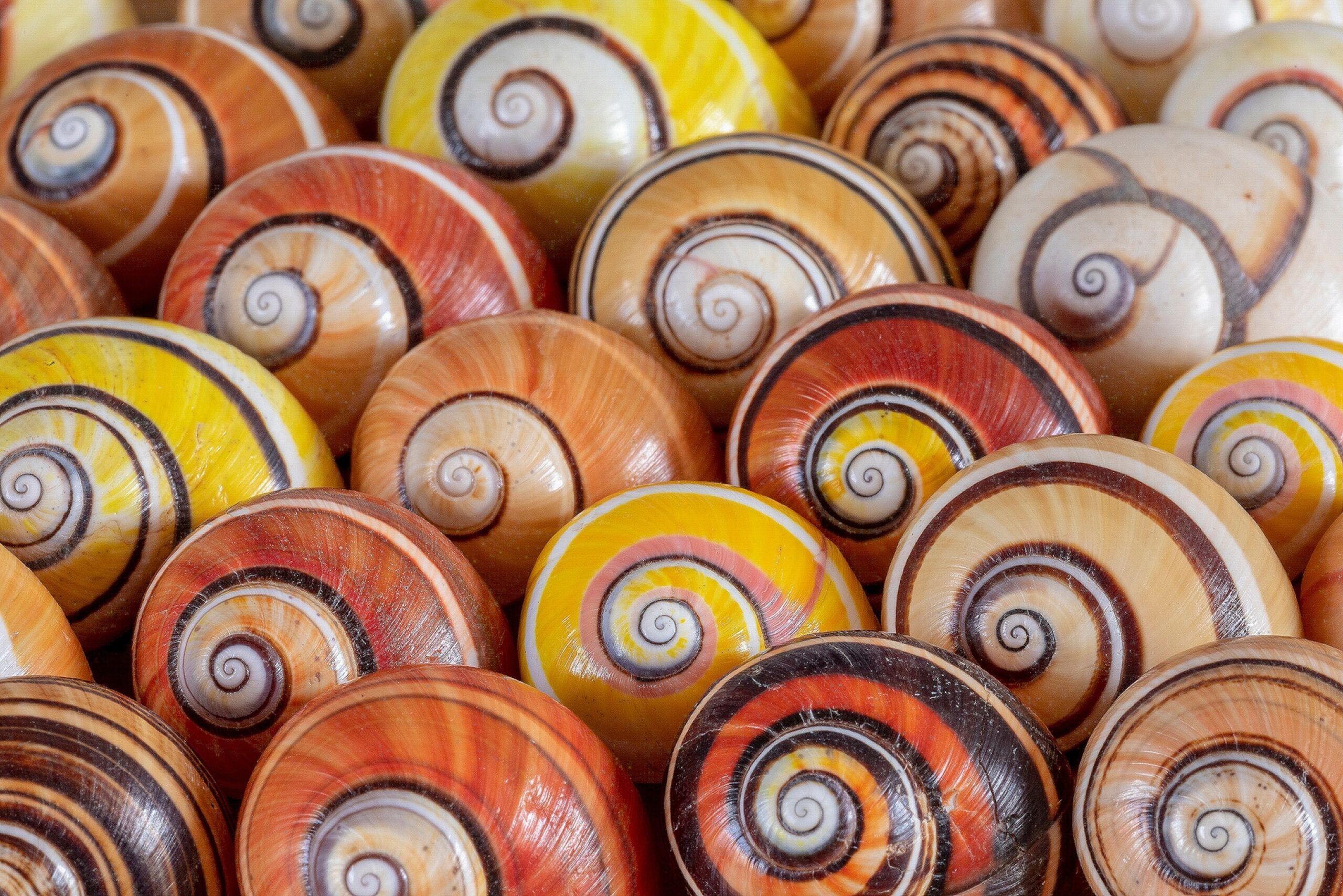
Here are the answers to those questions about the Cuban Painted Snail (Polymita picta):
What conservation efforts are being made to protect the Cuban Painted Snail?
Conservation efforts include habitat protection, legal regulations against collecting and trading the snails, and breeding programs in captivity. Education and awareness campaigns in Cuba also aim to highlight the snail’s ecological importance and its endangered status.
What is the natural habitat of the Cuban Painted Snail (Polymita picta)?
The Cuban Painted Snail is native to eastern Cuba, where it primarily lives in tropical forests and coastal areas. It thrives in humid environments with abundant vegetation.
Why is the Cuban Painted Snail considered one of the most colorful snails in the world?
Polymita picta has a beautifully patterned and vividly colored shell with stripes and swirls in a variety of hues, including pink, yellow, orange, and white. This striking coloration is rare among land snails, making it highly distinctive and visually stunning.
What factors threaten the population of Polymita picta in the wild?
The Cuban Painted Snail faces threats from habitat destruction due to agriculture and urban development, as well as illegal collection for the shell trade because of its attractive shell. These pressures have led to a decline in wild populations.
How does the Cuban Painted Snail contribute to its ecosystem?
As a herbivore, it plays a role in nutrient cycling by feeding on plant material and decomposing matter. It also serves as prey for various birds and small mammals, thus contributing to the food web in its habitat.




Certainly! Here are some captivating images of the Cuban Painted Snail (Polymita picta):
- A vibrant red and orange specimen showcasing the snail’s characteristic spiral pattern.
- A collection of various shells, highlighting the species’ rich color diversity.
- A close-up of a painted snail on a bed of autumn leaves, emphasizing its vivid hues.
- An artistic representation of the snail’s colorful shell patterns.
The Cuban Painted Snail (Polymita picta) is a fascinating and visually stunning species of land snail native to Cuba. Here’s a brief overview about it:
Description
- Appearance: Polymita picta is renowned for its beautifully colorful and glossy shell, often described as “painted.” The shells come in a variety of bright and intricate color patterns, including shades of yellow, orange, pink, white, and brown, often with stripes or bands.
- Size: Typically, the shell can reach around 2 to 3 centimeters in diameter.
- Shell Texture: The shell surface is smooth and shiny.
Habitat
- These snails are endemic to Cuba, primarily found in the eastern parts of the island.
- They inhabit tropical forests, living on the leaves and branches of trees and shrubs.
Behavior and Ecology
- They are herbivorous, feeding on algae, fungi, and plant material.
- They play an important role in their ecosystem by aiding in decomposition and nutrient cycling.
Conservation Status
- Polymita picta is considered endangered due to habitat loss and over-collection by shell collectors.
- The species is protected under Cuban law, and international trade is regulated by CITES (Convention on International Trade in Endangered Species).
Interesting Facts
- The incredible variety in shell coloration is thought to be a form of aposematism or warning coloration to deter predators.
- These snails have become a symbol of Cuban biodiversity and are highly prized by collectors worldwide.
Would you like me to help you with anything specific about the Cuban Painted Snail? Maybe its biology, conservation efforts, or something else?